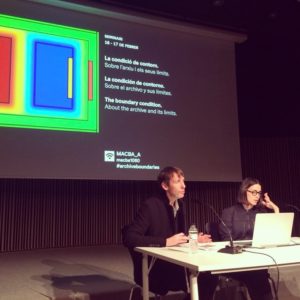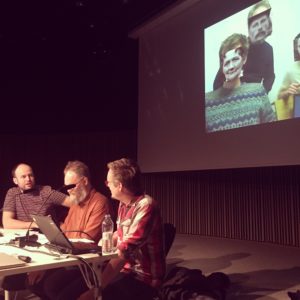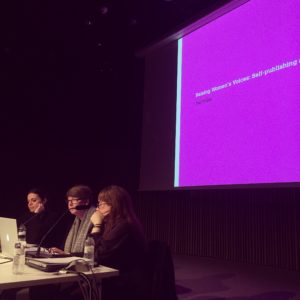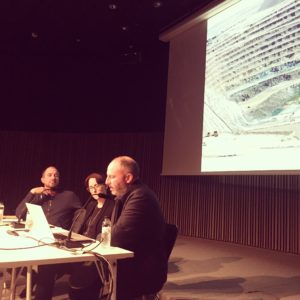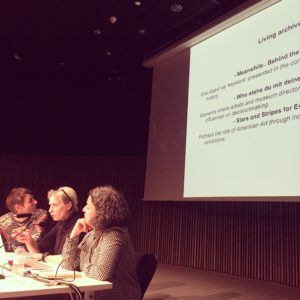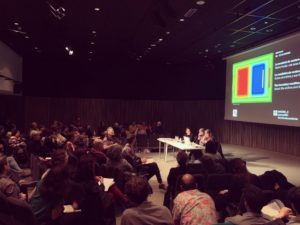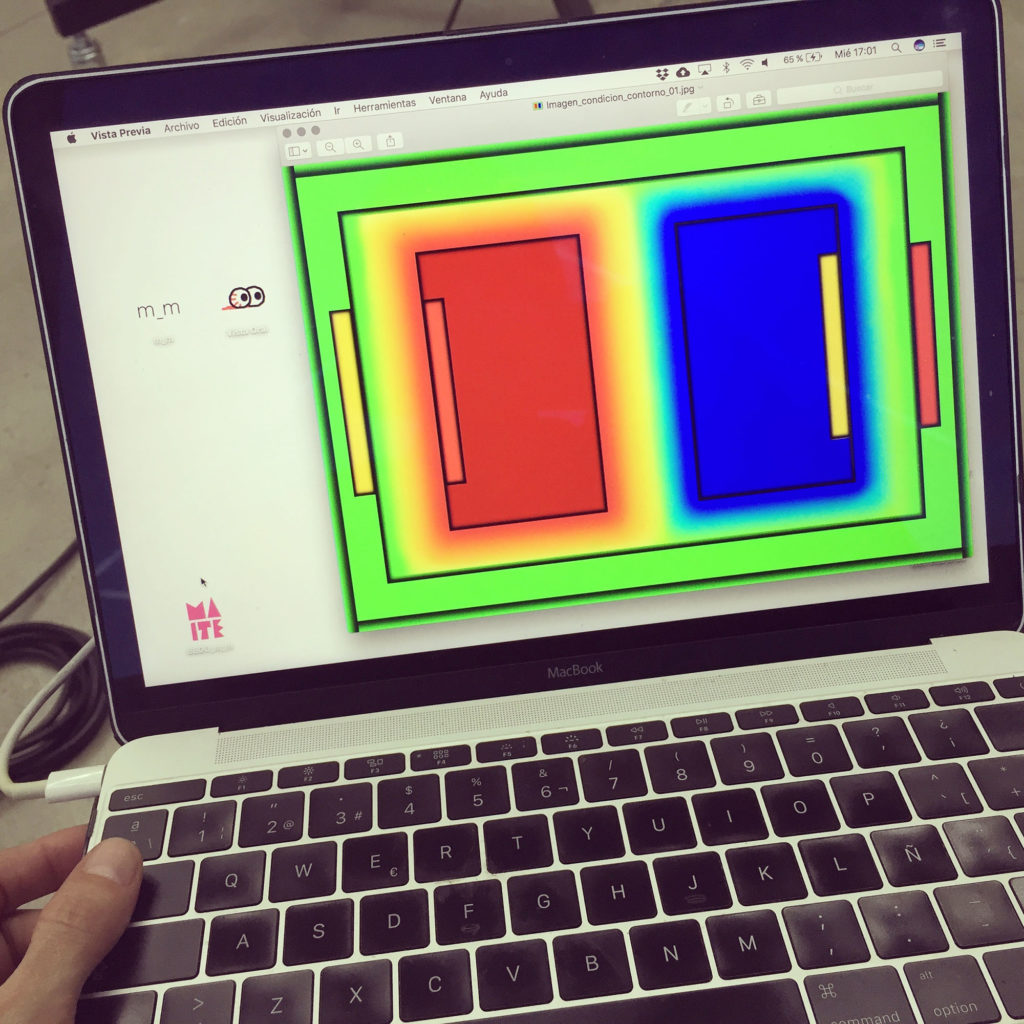
The Boundary Condition. About the Archive and its Limits
Museu d’Art Contemporani de Barcelona
Seminar
16/02/2018 – 17/02/2018
In mathematics, the conditions of the contour arise in the context of differential equations and allude to the connection between an unlimited domain and a limited domain, to the conditions of border and confinement versus infinite optionality. Due to its similarity, this image can be used to think about the complex articulation that takes place between three of the foundational and fundamental elements of the museum, such as its artistic collections, the documentary archive and the library. The delimitation between them is inherently complex. If we take into consideration conceptual and immaterial artistic practices – whose antecedents go back to the avant-garde movements and are radicalised from the second half of the twentieth century – and, with them, the questioning of the traditional notion of the work of art, distinguishing between a work and a document becomes an extremely complex task.
The bureaucratic and technical processes to which the art institution subjects these documents – which end up being fetishised, auratised and, therefore, commercialised – do not help to clarify this issue. The limits concern not only this dilemma between artwork and document in the context of the performative and conceptual, between archive and art collection, but also speak of the constriction of the laws that regulate them, of the utopias and failures of digitalisation, as well as the incompleteness, imperfection and omission inherent to the concept of the archive itself. At the same time, and together with the crisis of the notion of the archive as an authority, especially in relation to colonial processes, there emerge those archival models that serve the memories not represented by the hegemonic narratives, the so-called self-managed archives or anarchives.
Thus, the boundary condition refers in our case to the conditions resulting from the difficult delimitation of the concept of archiving in the context of today, and in relation to the incidental waves and echoes that occur between what we consider an archive and what it leaves behind.
This seminar is part of the programme of activities to mark the tenth anniversary of the MACBA Study Centre (CED), created at the end of 2007 with the desire to consolidate a museum model that would function as a generator of knowledge, and not as a mere container of objects. Taking advantage of the moments of revision that accompany anniversary celebrations, we present a seminar that is at the same time a commemoration of the inauguration of the CED and a reflection on the multiple relationships between art and archive, taking as a starting point the genealogy of the Archive itself.
Directed by Maite Muñoz
Programme —
Friday 16 February
4.30 pm Presentation by Maite Muñoz 5 pm Lecture by Marina Gržini?
6 pm Lecture by Muntadas
7 pm Break
7.30 pm Lecture by Miguel Morey
Saturday 17 February
10.30 am Project The Scandinavian Institute for Computational Vandalism, SICV
11.30 am Break
12 noon Discussion with Gelen Jeleton and Teal Triggs, chaired by Alicia Escobio
2 pm Lunch break
4 pm Discussion with Mela Dávila and Diana Franssen, chaired by Pablo Martínez
5.30 pm Discussion with Pablo León de la Barra and Henrique Faria, chaired by Tanya Barson
—
La condición de contorno. Sobre el archivo y sus límites
Museu d’Art Contemporani de Barcelona
Seminario
16/02/2018 – 17/02/2018
En matemáticas, las condiciones de contorno surgen en el marco de las ecuaciones diferenciales y aluden a la conexión entre un dominio ilimitado y un dominio limitado, a las condiciones de frontera y confinamiento frente a la opcionalidad infinita. Por su similitud, esta imagen puede ser empleada para pensar la compleja articulación que se produce entre tres de los elementos fundacionales y fundamentales del museo como son sus acervos artísticos, el archivo documental y la biblioteca. La delimitación entre ellos es compleja per se. Si además se tienen en consideración las prácticas artísticas conceptuales e inmateriales y con ellas el cuestionamiento de la noción tradicional de obra de arte, aventurarse a distinguir entre una obra y un documento se convierte en una tarea harto compleja.
Los procesos burocráticos y técnicos a los que la institución arte somete a estos documentos, que acaban siendo fetichizados, auratizados y por ende mercantilizados, no ayudan a esclarecer esta cuestión. Los límites atañen no solo a este dilema entre obra y documento en el contexto de lo performativo y conceptual, entre archivo y colección de arte, sino que también hablan de la constricción de las leyes que los regulan, de las utopías y fracasos de la digitalización, así como de la incompletitud, imperfección y omisión inherente al propio concepto de archivo. Al mismo tiempo, y junto con la crisis de la noción del archivo como autoridad, especialmente en relación con los procesos coloniales, surgen aquellos modelos de archivo que atienden a las memorias no representadas por las narrativas hegemónicas, los llamados archivos autogestionados o anarchivos.
Así pues, la condición de contorno se refiere en nuestro caso a las condiciones que se dan en la difícil delimitación del concepto de archivo en el contexto actual, en relación con las ondas incidentes y ecos que se producen entre aquello que consideremos como archivo y lo que permanece a su alrededor.
Esta actividad se enmarca en el programa de actividades con motivo del décimo aniversario del Centro de Estudios y Documentación MACBA.
Dirigido por Maite Muñoz
